If you’ve ever dreamed of exploring an otherworldly landscape, where the earth blends seamlessly with the sky in a symphony of colors and textures, then the Atacama Desert should be at the top of your travel list. Located in northern Chile, it is the driest desert in the world and one of the most astonishing. Every corner beckons with adventure, contemplation, and awe.
A Natural Enigma
The first thing we need to know is that the Atacama Desert is located in northern Chile. It is one of the driest and most unique places on the planet. Its extreme aridity is due to a combination of geographical and climatic factors that make it a fascinating ecosystem, while also one of the most inhospitable places on Earth.
Despite its extreme dryness, Atacama harbors highly specialized forms of life that have adapted to the near-total lack of water. This adaptation of life to such an extreme environment makes the desert a natural laboratory.
The desert has a unique beauty, with vast salt flats, rock formations, and dunes that create a surreal landscape. These landscapes are the result of millions of years of geological and climatic processes, adding a layer of mystery to the history of the Earth.
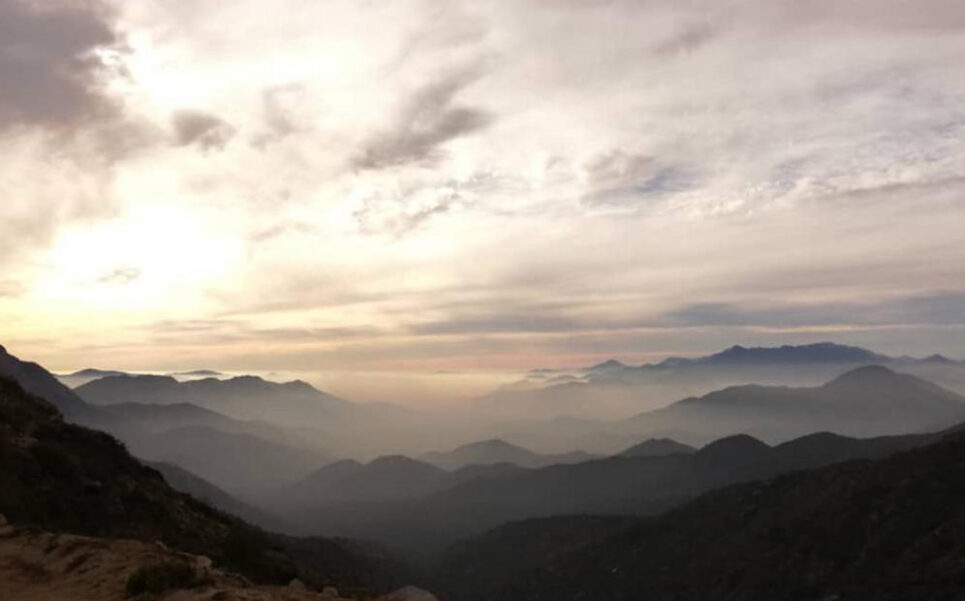
The desert’s location plays a key role in its extreme dryness. Atacama lies between the Andes Mountains and the Coastal Mountain Range, which creates a phenomenon known as orographic shadow. This means that the mountains prevent moisture-laden clouds from the Pacific Ocean from reaching the region because, as they rise, the air cools and loses much of its water content. As a result, rainfall in the desert is extremely rare.
Another factor is the Humboldt Current. This cold current runs along the Chilean coast. It lowers the temperature of the air above the ocean, limiting cloud formation and, consequently, precipitation. In combination with the altitude of the desert, which lies high above sea level, the climate becomes even drier and colder at night.
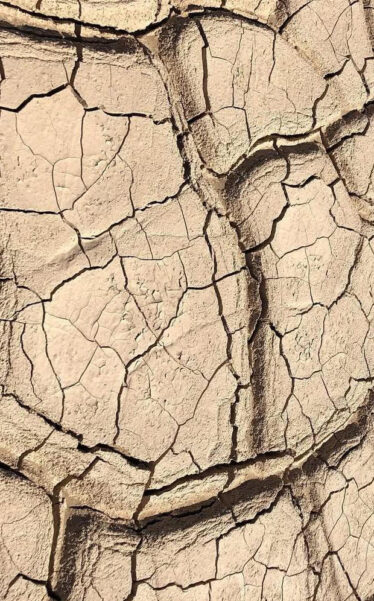
In Atacama, natural resources are limited. The scarcity of water, dry winds, and lack of fertile soil make agriculture nearly impossible without human intervention, and only a few animal species can survive in this environment.
These climatic conditions make the Atacama Desert a unique place, where some areas haven’t received rain for centuries. However, on rare occasions, rain can transform the landscape into a surprising spectacle: the “flowering desert,” a phenomenon where, in response to the moisture, flowers bloom, briefly covering the land.
The Atacama Desert is not only a challenge for life but also a place full of natural mysteries that attracts scientists, travelers, and adventurers from all over the world. Its beauty, marked by barren landscapes, salt flats, and rock formations, makes it a singular destination that reflects nature’s resilience in the face of adversity.
A Landscape That Will Take Your Breath Away
The Atacama Desert stretches over 1,000 kilometers along the Pacific coast and is home to some of the most impressive landscapes on the planet. From immense dunes to rugged mountains, shimmering salt flats, and active geysers, this is a place that defies all logic.
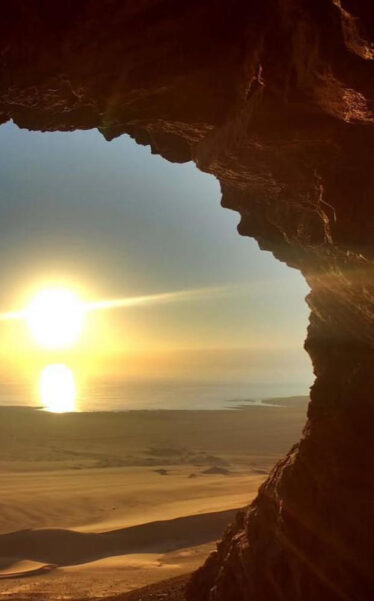
One of the must-visit spots is Valle de la Luna (Valley of the Moon), which truly lives up to its name, resembling an extraterrestrial landscape. Rock formations and dunes reflect sunlight in golden and reddish tones, especially at sunrise and sunset.
In 1982, the valley was declared a nature sanctuary and is part of the Los Flamencos National Reserve. It is also a site that features soils of a wide variety of colors and is populated by strange rock formations known as “geoforms,” which are the result of millions of years of erosion.
It should be noted that, being located in an arid, almost desert-like region, the temperatures are very extreme (ranging from -9°C in winter to 50°C in summer). Additionally, the solar radiation is intense, and while rainfall is scarce in the summer, it can be torrential at times.
Another natural spectacle is the Atacama Salt Flat, the largest in Chile, where you can observe pink flamingos in crystal-clear lagoons that contrast with the vast whiteness of the salt flats. It’s a perfect place for photography and birdwatching.
The pink flamingos have found an ideal refuge in the Atacama Salt Flat. Their presence in this inhospitable ecosystem is a fascinating example of adaptation and survival.
These animals mainly feed on small aquatic organisms like crustaceans, algae, and microorganisms, which thrive in the saline waters of the salt flat. It’s important to note that although the high salt concentrations in the water are lethal to many species, flamingos have developed a unique ability to tolerate these conditions.
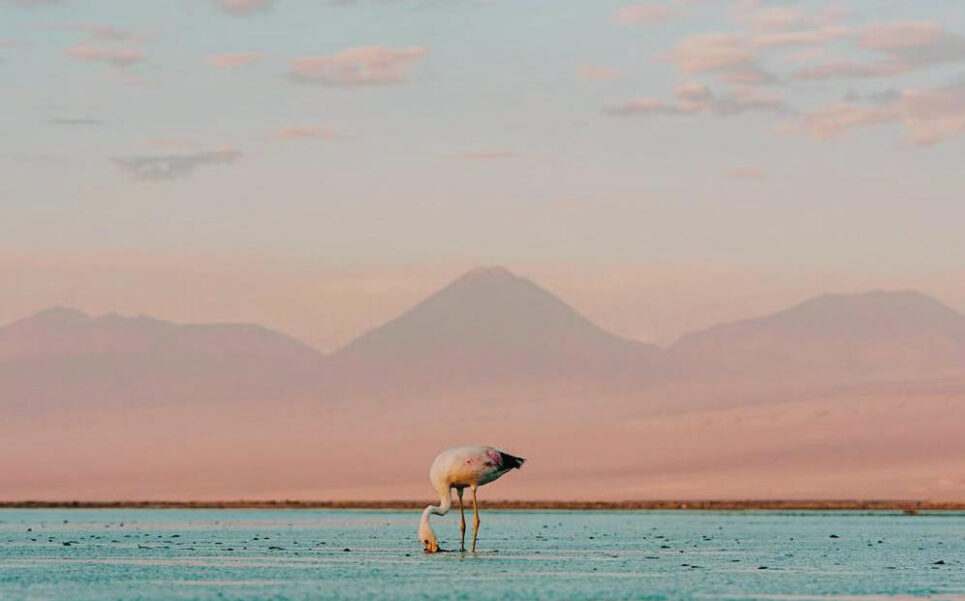
The presence of flamingos in such an arid desert is a testament to the remarkable adaptability of species to the most extreme environments, making the Atacama Salt Flat a natural stage full of life and resilience.
In addition to its scenic beauty, the Atacama Salt Flat is an important source of lithium, one of the most in-demand minerals in the world. Visiting this place provides an understanding of the fragility of its ecosystem and the importance of its conservation.
The salt flat also offers unique experiences, such as the possibility of floating in its saline lagoons due to the high salt concentration in the water, similar to the Dead Sea. Among its most visited lagoons is the Cejar Lagoon, famous for its turquoise hues and the sensation of weightlessness visitors experience when they immerse themselves in its waters.
Starry Skies Like You’ve Never Seen
If you’re fascinated by astronomy, Atacama is a paradise on Earth. Its clear skies, low light pollution, and high altitude make it one of the best places in the world for stargazing. You can visit the ALMA Observatory or join a night tour in San Pedro de Atacama, where telescopes and expert guides will help you discover the magic of the Milky Way, planets, and constellations with astonishing clarity.
The Atacama Large Millimeter/submillimeter Array (ALMA) Observatory is one of the world’s most advanced astronomical projects.
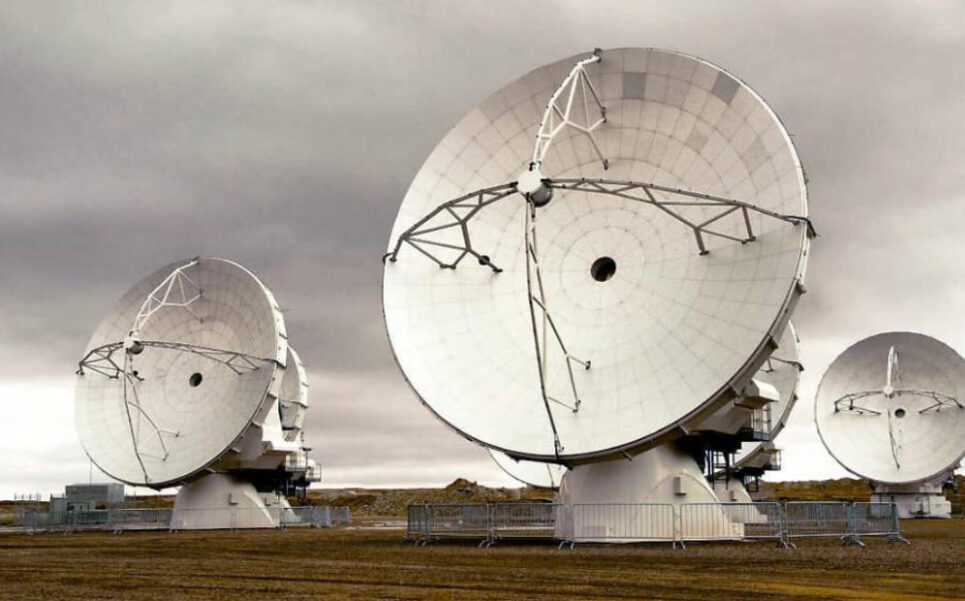
It consists of 66 high-precision antennas located at 5,000 meters above sea level on the Chajnantor Plateau.
ALMA studies the universe in millimeter and submillimeter wavelengths, allowing scientists to observe the formation of stars and galaxies in unprecedented detail. Although ALMA is not generally open to tourists, occasional guided tours provide visitors with an opportunity to learn more about this cutting-edge project.
Encounters with Nature
Despite its extreme conditions, this desert is home to a great diversity of flora and fauna. You may encounter vicuñas and Andean foxes, as well as millennia-old cacti that have withstood the test of time.
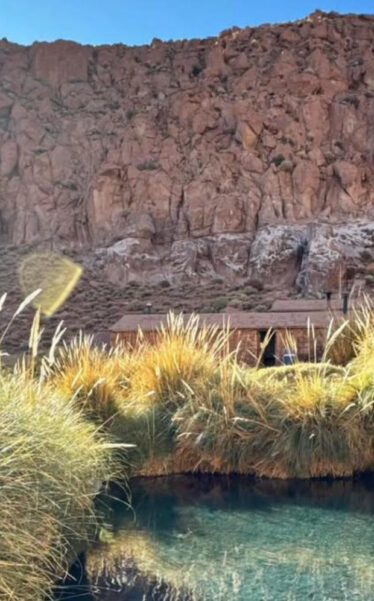
For relaxation, visit the Puritama Hot Springs, a series of natural thermal pools nestled in a beautiful canyon. These mineral-rich waters are known for their therapeutic properties and maintain a pleasant temperature between 28°C and 34°C.
The hot springs are managed by the indigenous Atacameño community, ensuring an authentic and sustainable experience in an unparalleled natural setting. The combination of warm waters and the arid surroundings creates a perfect oasis for unwinding after a day of exploration.
For the more adventurous, the El Tatio Geysers offer a spectacular show at dawn, when steam columns rise from the earth under the first light of day. This geothermal field, located at 4,320 meters above sea level, is the third-largest in the world and the highest.
The best time to visit is early in the morning when the combination of cold air and geothermal activity creates steam columns that can reach up to 10 meters in height.
San Pedro de Atacama: The Gateway to the Desert
The charming town of San Pedro de Atacama is the starting point for most adventures in the region. With a history dating back to pre-Hispanic times, this settlement was home to the Atacameño culture, a civilization that left traces in petroglyphs, fortresses, and ancient trade routes. San Pedro retains its rustic essence with dirt streets, adobe houses, and a welcoming atmosphere that invites exploration.
The town is also a major cultural hub, featuring the R.P. Gustavo Le Paige Archaeological Museum, where visitors can learn more about the history of the region’s indigenous peoples, including tools, ceramics, and well-preserved mummies.
Today, San Pedro de Atacama attracts over 500,000 visitors annually, drawn from every corner of the globe. Its tourism infrastructure has expanded significantly, offering accommodations ranging from budget hostels to exclusive eco-lodges that prioritize sustainability. Additionally, the town has a vibrant culinary scene, with restaurants offering everything from traditional Chilean cuisine to gourmet options using local ingredients.
A Journey You’ll Never Forget
The Atacama Desert is a land of contrasts and wonders, where each day brings a new surprise. Whether you’re seeking adventure, tranquility, or inspiration, this corner of the world has something special for you.
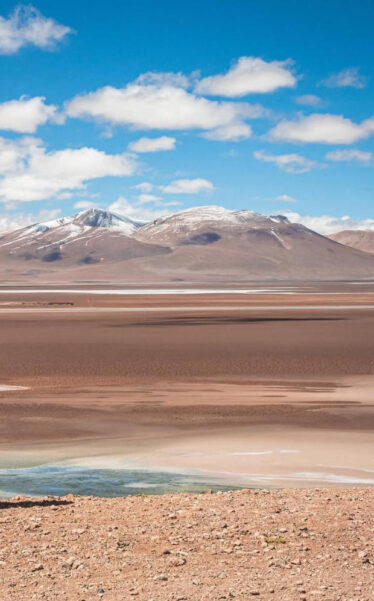
Its unparalleled landscapes, starry skies, and unique experiences make it a destination that deserves to be explored with patience and wonder.
The best time to visit is in autumn and spring (March to May and September to November), when the weather is more moderate, and there are fewer tourists.
Additionally, the desert harbors the clearest sky on the planet, making it a privileged location for astronomical observation.
As if that weren’t enough, it’s possible to explore archaeological sites such as the Pukará de Quitor and pre-Hispanic villages, which offer a glimpse into the cultures that have inhabited the region for thousands of years. Furthermore, the region is home to traditional villages that preserve their heritage and offer authentic experiences.
So, pack your camera, embrace your inner explorer, and prepare to be amazed by one of the most fascinating places on Earth. A visit to Atacama is not just a trip—it’s a transformative experience that will stay with you forever.


